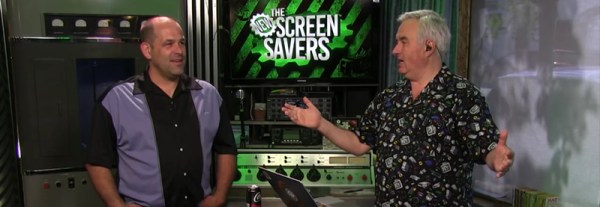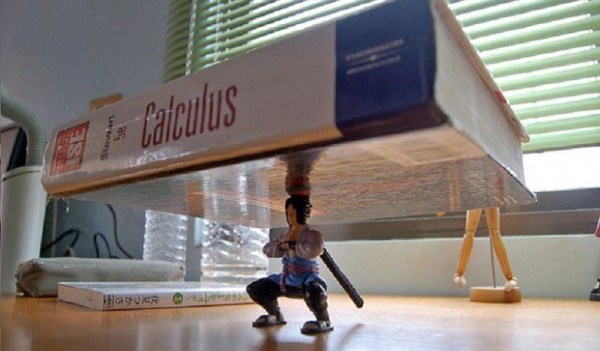If you were lucky enough to have cable TV back in 1998, you may remember a fledgling channel called “TechTV.” The crown jewel of the network was a show called “The Screen Savers.” Well, recently the TWiT Network has relaunched the show (without the partnership or permission from the old producers) as “The New Screen Savers” – and it’s almost exactly as we remembered it. The show features tech news, tip and tricks – starring the lovable [Leo Laporte] as the main host.
We’ll assume that most Hackaday readers are at a level of knowledge above what’s generally presented in the show, but we have to admit that we almost always find some little tech tip or software review that we didn’t know about. And if you know someone who is starting to take an interest in all things tech, this might be a great way for them to start learning quickly – and to gain exposure to a wide variety of topics.
If you’re looking for a bit of nostalgia, many of the co-hosts of the old show return regularly. People like [Kevin Rose], [Patrick Norton] and [Sarah Lane]. You can watch the show on the TWiT site or on YouTube. We’ve included the first episode after the break.


















